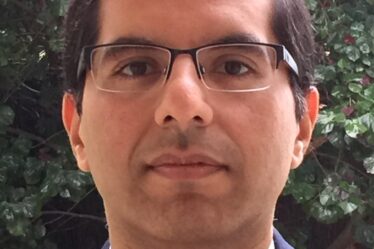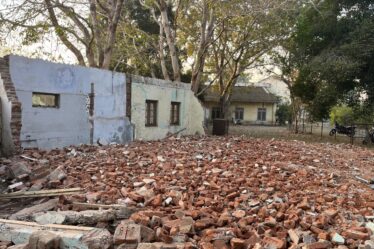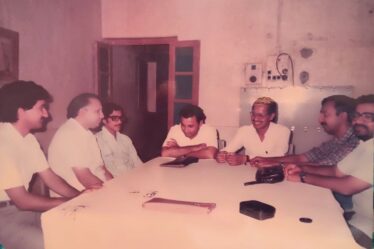In the good old days, life in Sevagram was simple. The roads were dusty, the air always hot, and the village felt far removed from bustling cities. Yet amidst this simplicity, something rare filled the air—humility.
Once upon a time, the heads of departments and deans were more than just figures of authority. They were approachable, connected to the people they served, and didn’t hesitate to step down from their offices to do the little things—like meeting a young applicant at the railway station.
Dr. Rajkumar, the head of Surgery in the 1970s, was one such leader. Dr. Ravinder Narang, a young surgeon trained at PGI and AIIMS, had come for an interview. After spending a night on the boys’ hostel terrace, battling mosquitoes, he was certain of one thing—he wanted to leave. The dusty roads, bland food, and hut-like homes held no allure for him.
After the interview, suitcase in hand, Dr. Narang stood at Wardha East station, ready to board the train to Delhi. But then, he heard the roar of a scooter. Dr. Rajkumar appeared, his face filled with urgency. “Please don’t go,” he pleaded. “Stay for six more months. We need you. Things will get better.”
Dr. Narang hesitated, but Dr. Rajkumar’s sincerity won him over. He agreed, and in no time, Sevagram became his home. Dr. Narang spent the next fifty years in Sevagram, earning a reputation for his skill and care.
This wasn’t an isolated story. In 1983, young Jayaram Anbalagan, an Anatomy teacher from Vijayawada, arrived for a faculty interview. As the train stopped, he was surprised to see Dr. K.S. Sachdeva, the dean, waiting for him at the railway platform. There were no phones or emails—just a telegram and an old-fashioned, warm welcome.
Anbalagan was selected, quickly grew fond of the college, and spent 23 years teaching at Sevagram, where his students still remember his unforgettable lessons.
Without the Deans, their scooters, and that human touch, would Dr. Narang and Dr. Anbalagan have become a part of Sevagram’s legacy?


